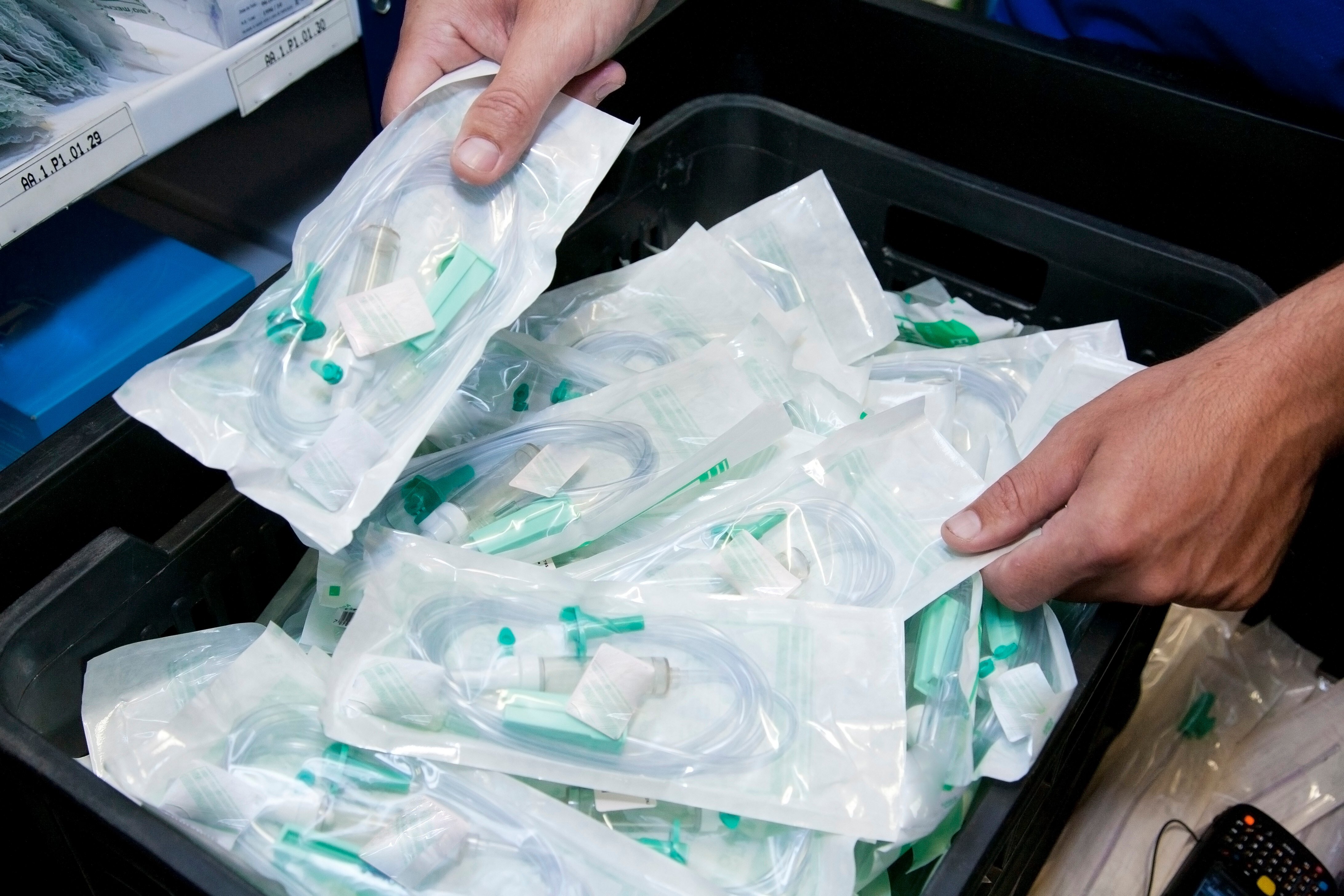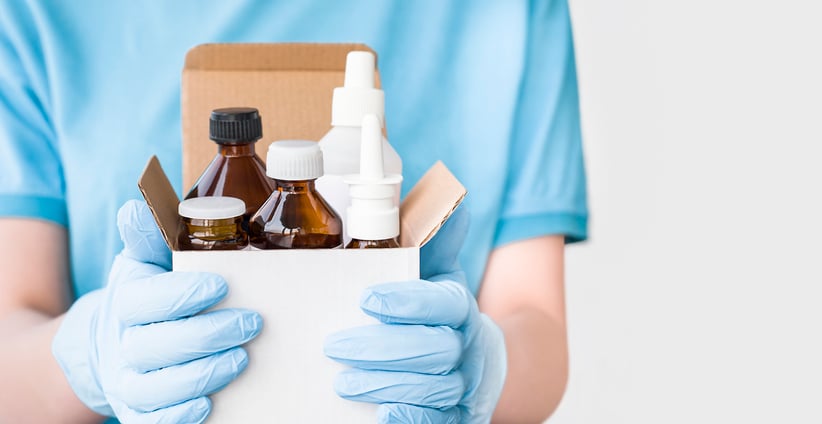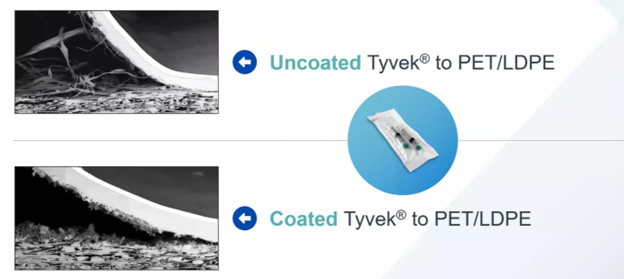Comments (2)
Recently Published Articles

Reacting to Packaging Tariffs: Tips for Supply Chain Continuity
Ryan Wasson
Education
Trending Topics
— 2 minute read

EU Packaging & Packaging Waste Regulation: Impact on Healthcare
Charlotte Mavor
Regulations and Standards
Medical Device
— 3 minute read

What is a Drug Delivery System?
Andrea Hecker
Education
Regulations and Standards
Pharmaceutical and Biologics
— 3 minute read
Contact Us
CONTACT US
CHAT

